Read the latest on the African Oil Market in our exclusive monthly report
Introduction
In the previous OPEC Monthly Oil Market report, the OPEC Reference declined by $1.01 m-o-m at $72.26/b. Crude oil futures were also down for the month. The global GDP growth forecast remains at 3.8% for 2018 and 3.6% for 2019. In 2018, world oil demand is expected to grow by 1.62mb/d. In contrast, the OECD region has shown steady growth in all three main OECD regions. Non-OPEC oil supply in 2018 is expected to grow by 2.02 mb/d.
Refinery margins at all main trading hubs recorded gains in August as several refinery outages prompted product supply disruptions, which led to strengthening at the top and middle of the barrel. In August, dirty vessel spot freight rates increased by 5% on average compared to a month earlier. This was mainly driven by higher freight rates for VLCC and Aframax, while average Suezmax freight rates showed a decline. Data for July showed that total OECD commercial oil stocks rose by 8.1mb m-o-m, standing at 2,830 mb, which is 194 mb lower than a year ago. In 2018, demand for OPEC crude is expected at 32.9mb/d which is 0.5 mb/d lower than in previous year. In 2019 demand for OPEC crude is forecast at 32.1 mb/d.
Crude Oil Price Movements
The OPEC Reference Basket (ORB) ended August lower. However, remaining above $70/b for the fourth month in a row. On a monthly average basis, crude oil physical benchmarks Dubai, Dated Brent and WTI spot prices slipped by 62¢, $1.69 and $3.04 respectively.
Values of light, sweet crude Basket components from West and North Africa including Saharan Blend, Es Sider, Girassol, Bonny light, Equatorial Guinea’s Zafiro, Gabon’s Rabi and
Congo Djeno decreased on average by $1.39 in August.
Africa
In South Africa, GDP growth in 2Q18 slowed to its lowest rate since 1Q17 at 0.5% y-o-y. This was a result of a slower increase in private consumption and a decline in GFCF. In addition, public consumption grew at a slightly lower rate of 1.0% year on year in 2Q18 vs 1.2% in 1Q18. Imports expanded by 1.5% y-o-y in 2Q18, down from 2.3% in the previous quarter. Exports showed growth at 1.6% year on year in 2Q18 up from a contraction of £0.3 year on year in 1Q18.
According to the Standard Bank South Africa PMI, operating conditions in the private sector illustrated a sharp deterioration in August. As a result of inflationary pressures and deteriorating consumer purchasing power, the survey reflected a decline in new orders.
Additionally, export orders continued to fall, contributing to the overall fall in new orders received by private sector forms. In addition, as a result of currency depreciation and nationwide protests, the private sector activity in the month had its steepest contraction since March 2016. Private sector employment also fell for the second month in a row in August because of financial difficulties, shortages of new orders and downsizing policies.
World Oil Demand in 2018 and 2019
Africa’s world oil demand is forecasted for 4.44 mb/d in 2019, displaying a 0.11% growth from 2018.
World Oil Supply
Non-OPEC oil supply in 2018 was revised down by 0.06 mb/d from the previous report to average 59.56 mb/d. Non-OPEC oil supply in 2019 is now projected to average 61.71 mb/d. This is because of a downward revision to the UK’s supply forecast for next year. In August, OPEC crude oil production increased by 278 tb/d to average 32.56 mb/d according to secondary sources. Non-OPEC supply forecasted for Africa in 2018 is 1.53 mb/d and 1.62 mb/d in 2019.
Monthly revisions to non-OPEC supply growth forecast
The non-OPEC oil supply growth forecast for 2018 was revised down by 0.06 mb/d to average 2.02 mb/d. As a result, y-o-y growth for non-OPEC supply in 2019 was revised up by 0.02 mb/d to average 2.15 mb/d.
Developing Countries
Total oil supply of developing countries (DCs) for 2018 is expected to reach an average of 11.47 mb/d representing growth of 0.01 mb/d, revised down by 0.02 mb/d compared with last month’s assessment. Production is expected to increase in Africa by 0.02mb/d to average 1.53 mb/d. Oil supply is forecasted to grow in Africa by 0.09 mb/d to average 1.62 mb/d, mainly supported by Ghana and the Sudans.
Tanker Market
Average dirty spot freight rates in the tanker market increased in August from the previous month by 7%. The average increase was driven mainly by gains registered for the VLCC and Aframax classes, while Suezmax freight rates showed negative developments.
Several markets showed higher freight rate in August despite frequent fluctuations. Rates in West Africa increased as a result of enhanced tonnage demand.
Dirty Tanker freight rates
Very large crude carrier (VLCC)
The Caribbean saw a significant increase in rates followed by a similar rise in West Africa, though at a lower level, combined with a slightly tighter tonnage list, mainly in the East. Together, routes saw rising trends. Middle East-to-East and Middle East-to West spot freight rates rose by 11% and 26% respectively, from the previous month and spot freight rates on the West Africa-to-East route increased by 11%.
Suezmax
Rates dropped in West Africa due to limited loading requirements.
Conclusion
In summary, the Global economic growth forecast remains robust for 2018 and 2019. Despite growth levels remaining unchanged from last month number, there are rising challenges in some of the emerging and developing economies are skewing the current economic growth risk forecast to the downside.
In the previous OPEC Monthly Oil Market report, the OPEC Reference declined by $1.01 m-o-m at $72.26/b. Crude oil futures were also down for the month. The global GDP growth forecast remains at 3.8% for 2018 and 3.6% for 2019. In 2018, world oil demand is expected to grow by 1.62mb/d. In contrast, the OECD region has shown steady growth in all three main OECD regions. Non-OPEC oil supply in 2018 is expected to grow by 2.02 mb/d.
Refinery margins at all main trading hubs recorded gains in August as several refinery outages prompted product supply disruptions, which led to strengthening at the top and middle of the barrel. In August, dirty vessel spot freight rates increased by 5% on average compared to a month earlier. This was mainly driven by higher freight rates for VLCC and Aframax, while average Suezmax freight rates showed a decline. Data for July showed that total OECD commercial oil stocks rose by 8.1mb m-o-m, standing at 2,830 mb, which is 194 mb lower than a year ago. In 2018, demand for OPEC crude is expected at 32.9mb/d which is 0.5 mb/d lower than in previous year. In 2019 demand for OPEC crude is forecast at 32.1 mb/d.
Crude Oil Price Movements
The OPEC Reference Basket (ORB) ended August lower. However, remaining above $70/b for the fourth month in a row. On a monthly average basis, crude oil physical benchmarks Dubai, Dated Brent and WTI spot prices slipped by 62¢, $1.69 and $3.04 respectively.
Values of light, sweet crude Basket components from West and North Africa including Saharan Blend, Es Sider, Girassol, Bonny light, Equatorial Guinea’s Zafiro, Gabon’s Rabi and
Congo Djeno decreased on average by $1.39 in August.
Africa
In South Africa, GDP growth in 2Q18 slowed to its lowest rate since 1Q17 at 0.5% y-o-y. This was a result of a slower increase in private consumption and a decline in GFCF. In addition, public consumption grew at a slightly lower rate of 1.0% year on year in 2Q18 vs 1.2% in 1Q18. Imports expanded by 1.5% y-o-y in 2Q18, down from 2.3% in the previous quarter. Exports showed growth at 1.6% year on year in 2Q18 up from a contraction of £0.3 year on year in 1Q18.
According to the Standard Bank South Africa PMI, operating conditions in the private sector illustrated a sharp deterioration in August. As a result of inflationary pressures and deteriorating consumer purchasing power, the survey reflected a decline in new orders.
Additionally, export orders continued to fall, contributing to the overall fall in new orders received by private sector forms. In addition, as a result of currency depreciation and nationwide protests, the private sector activity in the month had its steepest contraction since March 2016. Private sector employment also fell for the second month in a row in August because of financial difficulties, shortages of new orders and downsizing policies.
World Oil Demand in 2018 and 2019
Africa’s world oil demand is forecasted for 4.44 mb/d in 2019, displaying a 0.11% growth from 2018.
World Oil Supply
Non-OPEC oil supply in 2018 was revised down by 0.06 mb/d from the previous report to average 59.56 mb/d. Non-OPEC oil supply in 2019 is now projected to average 61.71 mb/d. This is because of a downward revision to the UK’s supply forecast for next year. In August, OPEC crude oil production increased by 278 tb/d to average 32.56 mb/d according to secondary sources. Non-OPEC supply forecasted for Africa in 2018 is 1.53 mb/d and 1.62 mb/d in 2019.
Monthly revisions to non-OPEC supply growth forecast
The non-OPEC oil supply growth forecast for 2018 was revised down by 0.06 mb/d to average 2.02 mb/d. As a result, y-o-y growth for non-OPEC supply in 2019 was revised up by 0.02 mb/d to average 2.15 mb/d.
Developing Countries
Total oil supply of developing countries (DCs) for 2018 is expected to reach an average of 11.47 mb/d representing growth of 0.01 mb/d, revised down by 0.02 mb/d compared with last month’s assessment. Production is expected to increase in Africa by 0.02mb/d to average 1.53 mb/d. Oil supply is forecasted to grow in Africa by 0.09 mb/d to average 1.62 mb/d, mainly supported by Ghana and the Sudans.
Tanker Market
Average dirty spot freight rates in the tanker market increased in August from the previous month by 7%. The average increase was driven mainly by gains registered for the VLCC and Aframax classes, while Suezmax freight rates showed negative developments.
Several markets showed higher freight rate in August despite frequent fluctuations. Rates in West Africa increased as a result of enhanced tonnage demand.
Dirty Tanker freight rates
Very large crude carrier (VLCC)
The Caribbean saw a significant increase in rates followed by a similar rise in West Africa, though at a lower level, combined with a slightly tighter tonnage list, mainly in the East. Together, routes saw rising trends. Middle East-to-East and Middle East-to West spot freight rates rose by 11% and 26% respectively, from the previous month and spot freight rates on the West Africa-to-East route increased by 11%.
Suezmax
Rates dropped in West Africa due to limited loading requirements.
Conclusion
In summary, the Global economic growth forecast remains robust for 2018 and 2019. Despite growth levels remaining unchanged from last month number, there are rising challenges in some of the emerging and developing economies are skewing the current economic growth risk forecast to the downside.




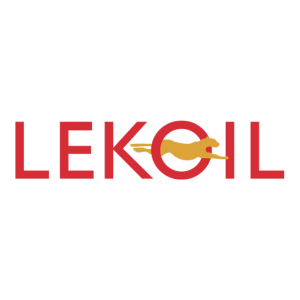
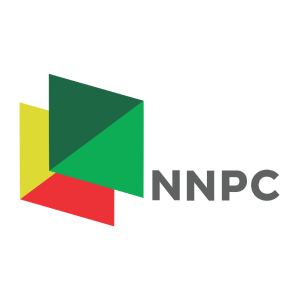
_weblogo_2.png?ext=.png)
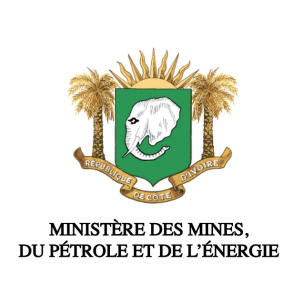

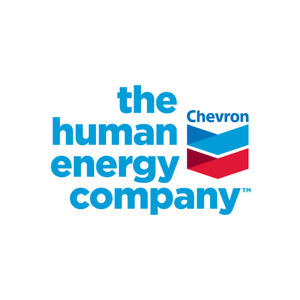

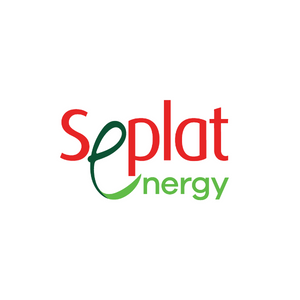
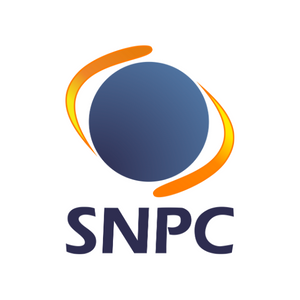

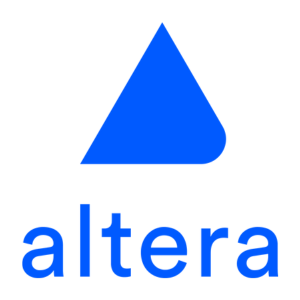

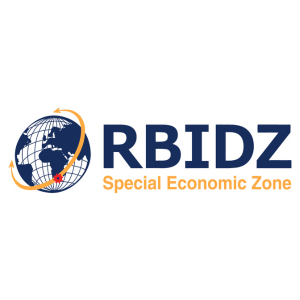

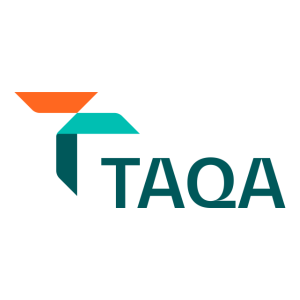

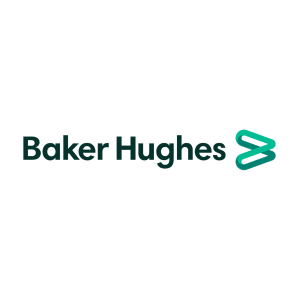


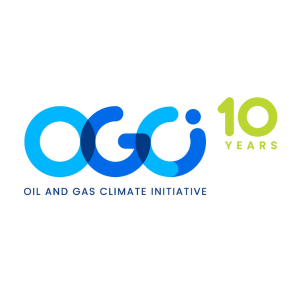
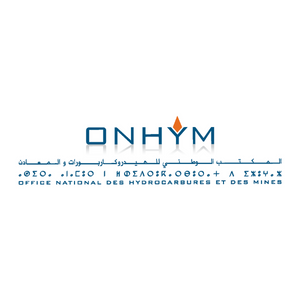

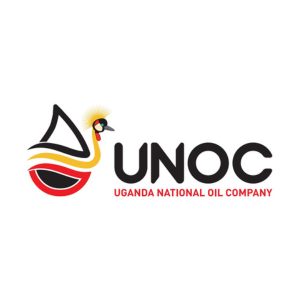
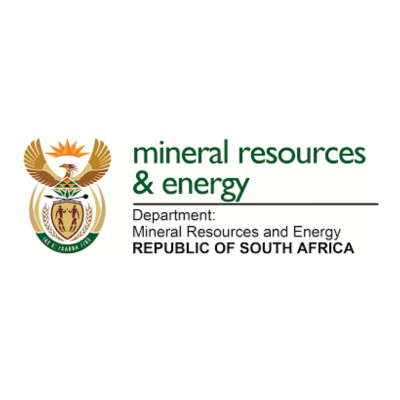
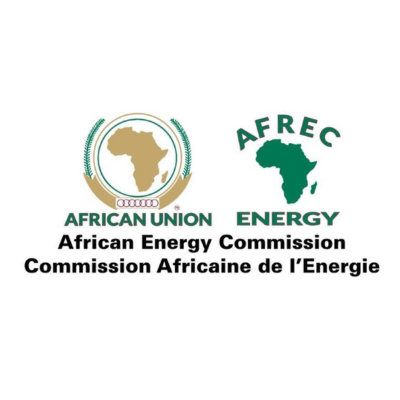
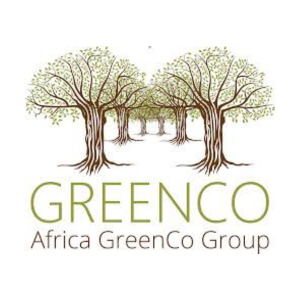
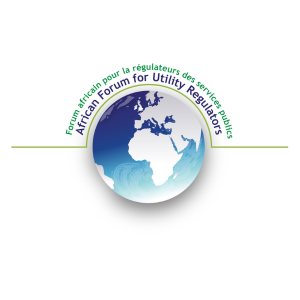


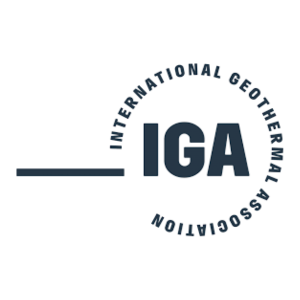
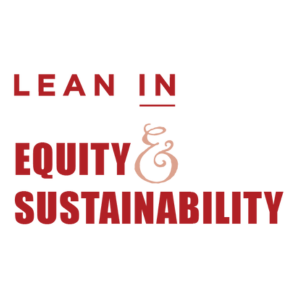



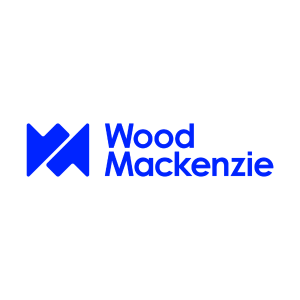

.jpg?ext=.jpg)

